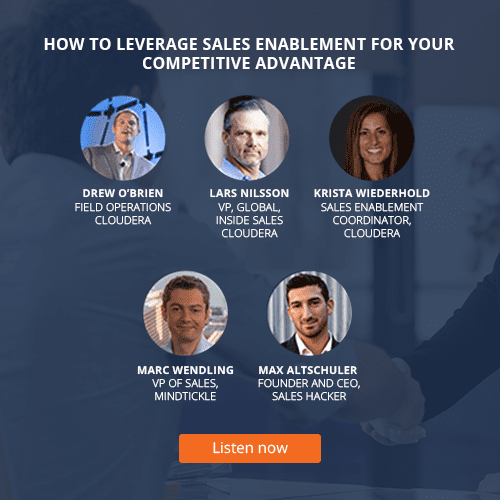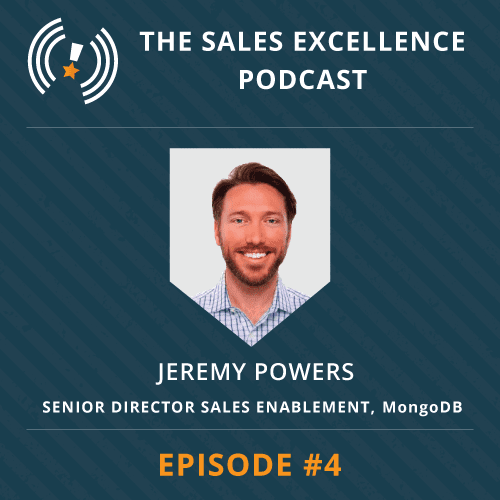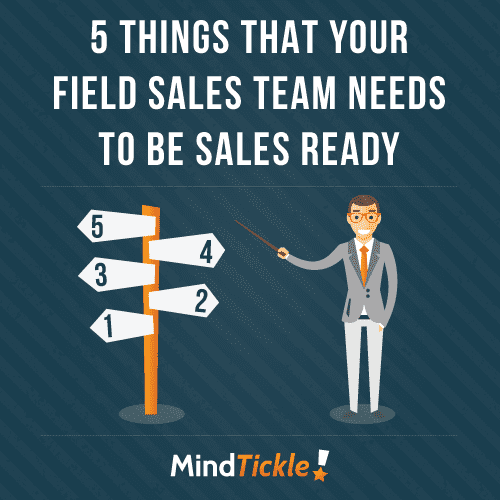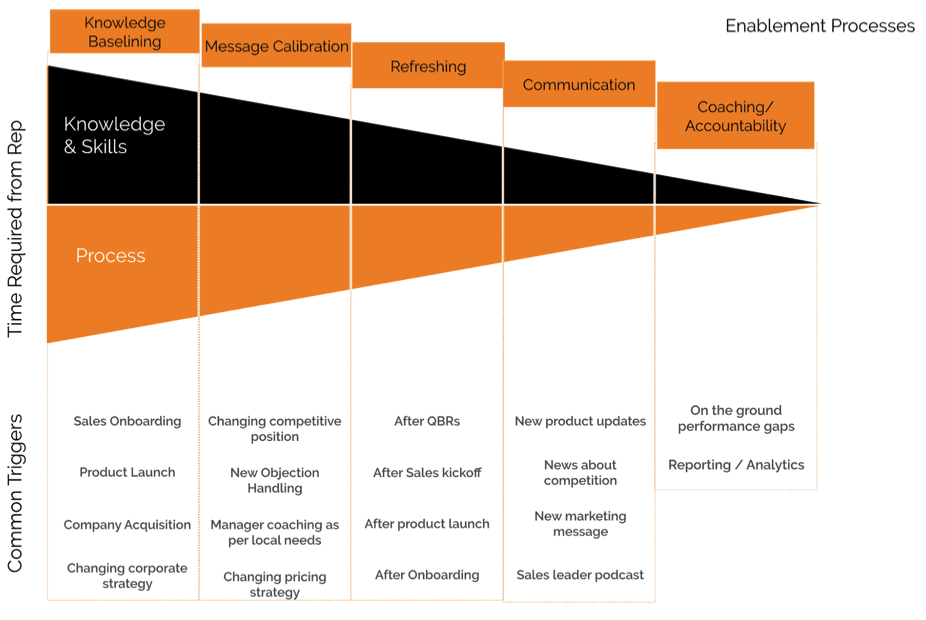Employee Onboarding Experts on Building a Great Experience in New Hire Onboarding
Effective onboarding is the cornerstone of human capital management. There’s no doubt that it sets the tone and in many cases can also set the trajectory for new hires joining your organization.
According to an Aberdeen Onboarding Benchmark report, “New employees often feel that the attention they receive during the pre-hire stages is abandoned once they are hired.” In Fortune 500 companies alone, about 500,000 managers take on new roles each year and, overall, managers begin new jobs every two to four years. Unfortunately, in the midst of all these transitions:
- Half of all senior outside hires fail within 18 months in a new position
- Half of all hourly workers leave new jobs within the first 120 days
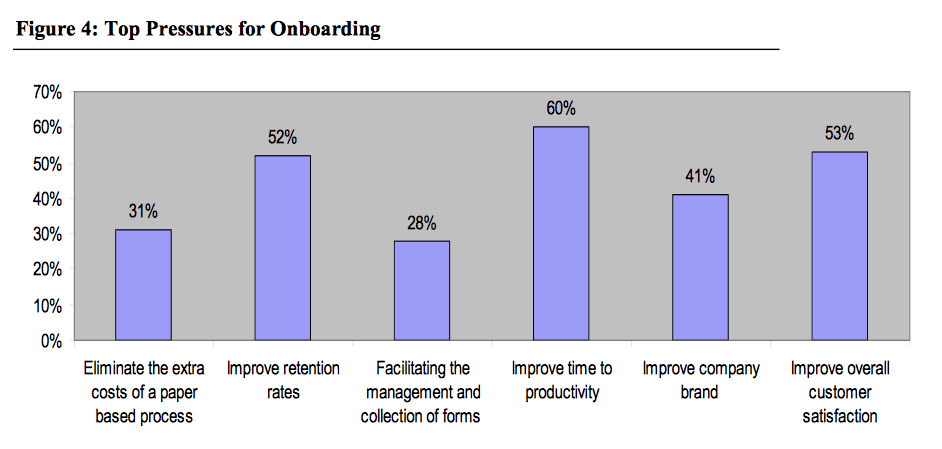

Source: Aberdeen Group, The Onboarding Benchmark Report
What we want to avoid is new hires feeling that your organization is not meeting the expectations set by the hiring process. Fortunately, this challenge can be overcome with investment in a pre-join program. Pre-join is the time between the employee accepting the offer of employment and starting in your company on day one. For most companies, the pre-join investment includes checklists with tasks like ‘get your email set up, take a drug test, and register for your employee number’. If this doesn’t sound inspiring, that’s because it isn’t.
For more inspired ways to deliver an excellent pre-join new hire onboarding experience, we decided to speak with two experts: Mohit Garg, Co-Founder of Mindtickle and Todd Raphael, Chief Editor at ERE. Ere is the premier resource for the employment, HR, and recruiting world.
Read on for our conversation!
In your experience, can organizations benefit from engaging with new hires between the offer and the first day of work? How does this help the new hire?
Mohit Garg: Modern-day talent development is about keeping your employee at the center of the experience. It’s important to treat every new hire as a new customer that you are prospecting or pitching and, like a marketing campaign, invest in building the relationship through referral and retention. When you look through this lens, it is similar to onboarding a new customer. You want the experience to be high touch and ensure that expectations are met.
In many ways, your new hire is forming an opinion about your organization before the hiring process begins. Research from Aberdeen Group shows that employees make a decision to work with a company long-term within three months of joining an organization! They are asking, “Is this consistent with my expectations?” They are comparing your organization’s values to their worldview and value system.
The pre-join phase is an opportunity to engage your new hire with the value proposition of the business. You can show new employees what it means to work in your organization by starting your new hires off in an excited and positive state of mind. Focus on fostering a strong appetite to learn and get engaged. Having info on what to expect can reduce your new hire’s anxiety on day one.
Todd Raphael: I agree that investing in the pre-join experience is a great opportunity to invest in your new hires. However, it’s important to really consider your approach and ensure that your pre-join experience is relevant and voluntary.
For example, you don’t want to bombard your new hire with parties and conference calls. You are supposed to get to know people as you join a new company, but it is important to be aware that when people leave a job, they sometimes need time before starting. Sometimes you just want a vacation and to be with your friends and family. You don’t want to create a pre-join experience that makes the candidate feel like it is controlling their life.
Instead, ask someone what their availability is. This allows them to set aside time in a way that makes sense for them. Just be careful about making them feel like this is going to take over their life.
What are the activities that organizations can deliver during the pre-joining period?
Mohit Garg: Let’s look at this from the perspective of Maslow’s hierarchy of needs. At the basic level, a new hire needs to understand how the organization offers an opportunity for a secure life for their family. At the next level, an employee is concerned with work-life balance as well as how to further learning and their future career. They want to align their aspirations with the business. The third level is for new hire self-actualization with the new hire thinking about corporate social responsibility and the ecological footprint of the business. They want to know how the business is investing in the community and working with employee partners in charity opportunities.
You want to try to hit on all three levels of Maslow’s hierarchy with a readily available pre-join program that communicates the value proposition of the business. Incorporate success examples. For example, show the “12-year employee story” featuring a long-time respected employee in the business. You can also show how the organization is making the world a better place with stories of how the business supports the community. Think of it as a welcome package with continued engagement, delivered through multiple channels – email, print materials, and online communities.
Todd Raphael: Here are some more ideas. You can facilitate many activities online. Sodexo and ADP send newsletters to employees and send a modified version to potential employees – of course, you want to make sure that it is relevant. You could have future employees meet their future co-workers in a private online group or use Twitter or other social media to have current employees welcome future employees. Put together a document, an email, or a video with half a dozen employees talking about what they are doing and what they are excited about.
Make an inspiring video. For example, if you are a shoe company, you can feature an inspiring athlete who has used your shoes. If you provide medical devices, show a patient that has benefited. This can be really inspiring. In every industry, you have former customers, buyers, and partners. Show the impact your business is making on the world to future employees.
In terms of offline activities, you could Invite your new hire to company calls and get-togethers, but again be respectful of time. Check in with the new hire and see how they are feeling. Allow time for a check-in to address any concerns they may have before the first day.
Another angle to consider is your current employees. When a new employee starts, the employer is often thinking about how to make the experience good for them, but they don’t think about current employees who are often nervous. The current employee may be thinking: are they going to be promoted in my place? Are they a threat?
To address this, consider communicating what the new employee’s role is all about. Make your current team member feel valued. Work on reducing their anxiety and nervousness.
How can you influence the possibility of employee retention during pre-join?
Todd Raphael: The problem starts pretty early for external hires. It stems from when they get to work and it isn’t like what they expected. Start with setting expectations early. To get a handle on expectations, talk to your own employees and see what they experienced. You might find out things you didn’t know about the new hire experience and then you can tailor accordingly.
Also, there may be an opportunity for long-time employees to be involved. Have the new hire meet up with a mentor for coffee during pre-join. This is often more beneficial than the new hire meeting with their future manager who may be busy or not as good at coaching. The new hire benefits from knowing that they can ask questions of someone who can advise them but is not connected to hiring and firing.
Mohit Garg: To add to Todd’s point, you also have to consider what stage the employee is in and connect the pre-join to the post-join experience. This requires communication between human resources, recruiting, and learning and development as the new hire get handed off to different groups throughout the new hire onboarding experience. A seamless view of the new hire experience is needed.
Typically only public domain material is available. Once they are inside the building, then proprietary information is then made available. So one of the challenges for businesses in the pre-join period is having a way to deliver access to secure company information before day one.
Secure online learning platforms like Mindtickle enable you to provide links to private information with a pre-join program login. This provides an opportunity for motivated new hires to learn as much as they want before formal new hire orientation starts.
Using gamification in a pre-join program, you can begin to identify the strengths of new hires beyond what you know from the interview process. It also allows employees to self-select and show progress as part of the pre-join experience. New hire self-selection and performance on learning modules can be good indicators in order to skill matching. This can help retention in the long run.
What is the best way for organizations get started developing a pre-join program?
Todd Raphael: Human resources managers should speak with recruiters to get a sense of what would be good. Look at your company’s history with pre-join and new hire onboarding to figure out what the gaps are. You are looking for what prospective employees are concerned about.
You might also look at Glassdoor to see what are people saying about your company. Don’t forget to talk to your current employees as they are a valuable resource in creating a strong pre-join experience!
Mohit Garg: It is also important to begin by looking at the mix of hires joining your organization. For example, are the entry-level hires or lateral hires? These segments have different needs. You have to treat entry-level campus hires differently than lateral recruiting hires that come to the business with more experience. Technology can help you deliver a flexible experience that recognizes differences in new hire needs. Technology can help automate the order and priority for pre-join content delivery.
Next, you can implement a small pilot and have pre-join new hires go through it. You can get feedback and ensure that target outcomes are being achieved. Start with a geography or a region and scale from there.
Thank you, Todd and Mohit for your helpful insight on building a great new hire pre-join experience!
What are your thoughts on more inspired ways to deliver an excellent pre-join new hire onboarding experience? Let us know your thoughts in the comments section.







